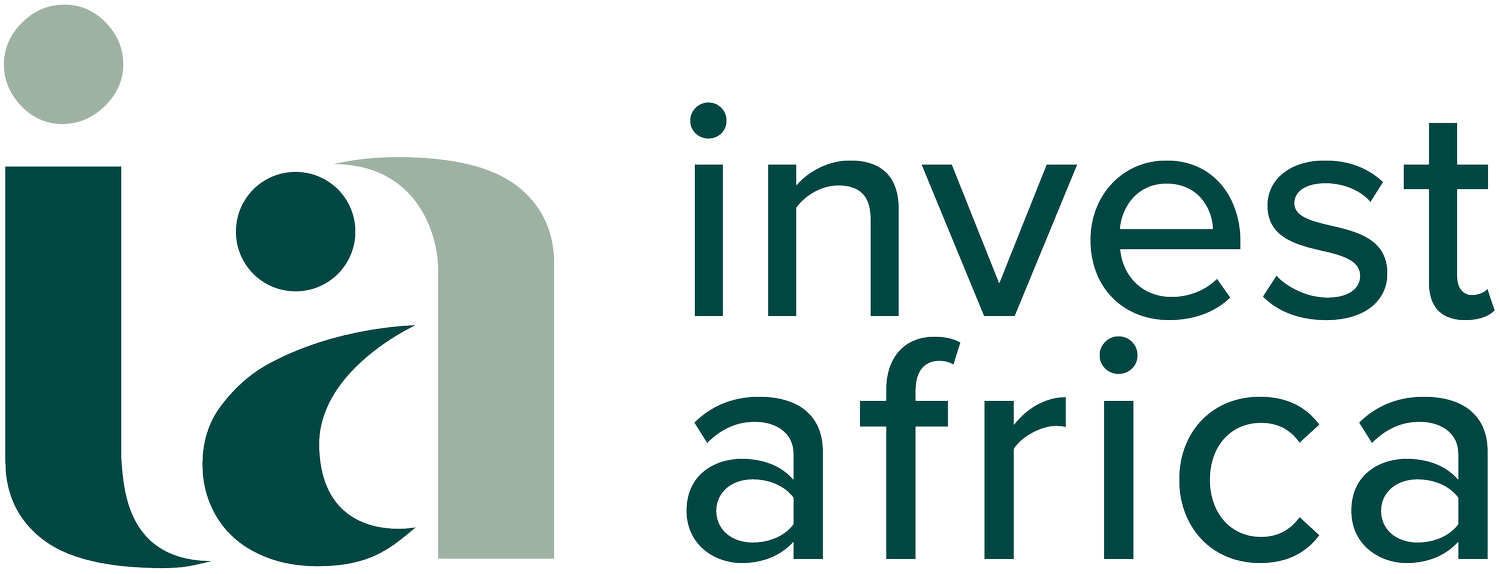Major Shift in Directors & Officers’ Claims
Historically, Directors and Officers liability insurance (D&O) catered for low frequency/high severity risks. The D&O market has, however, experienced a fundamental shift to high frequency/high severity claims for damages and judgements, in addition to an increase in high frequency/low severity claims for defence costs, regulatory investigations and enquiries.
According to Angela Jack, Business Unit Head of Aon South Africa’s Financial Services Group, Current D&O claims trends are not dominated by any one industry sector, plaintiff or nature of claim. “We have seen everything from local regulatory investigations to international shareholder class actions. A definitive increase in insolvency-related claims has been noted, where plaintiffs allege internal mismanagement all the way through to external audit failure,” says Angela.
How D&O Affects SMEs
It is a misnomer that D&O claims are only from shareholders and cover is only required for listed companies. “In reality, any stakeholder in any business - private or public - can bring an action, including but not limited to regulators, community groups, employees, police, customers, suppliers and competitors. In an increasingly challenging economy, many Small and Medium Enterprises (SME’s) are faced with difficult business choices that in the moment may be considered to be in the best interests of their companies but may ultimately prove to have been erroneous or negligent,” explains Angela.
“In these instances, D&O insurance is vital in assisting the directors of these businesses in defending against wrongful allegations or settling claims where genuine errors were made. D&O is probably even more significant in SME businesses where access to funds and expert legal advice is not as readily available as it would be in a large corporate,” she adds.
The cover that a D&O liability insurance policy provides is an absolute necessity when it comes to the protection of the personal assets of directors, officers and other employees that are charged with supervisory and managerial responsibilities, who can be held liable for wrongful acts which may occur in their day-to-day management activities of the business or entity. The main purpose of a D&O policy is to offer financial protection for investigation and defence costs together with awards for a valid claim.
Four Trends Dominating The D&O Space
Cyber Risk - It has been a recurring theme over the past few years that remains top of mind for both our clients and insurers. The D&O markets previously had a ‘wait-and-see’ attitude toward cyber-related D&O claims, where now the scenario has evolved to them actively taking an affirmative or exclusionary cover stance. Insurers are also looking to restrict instances where cyber and D&O policies are simultaneously triggered for data breach losses and a lack of protocol in force to prevent the breach, respectively. To prevent a loss from being dual insured, insurers are looking to introduce tie in of limits clauses to restrict cover to the maximum of the highest policy limit.
Employment Practices Liability (EPL) - Exposures catered for under D&O policies are falling under increased scrutiny, such as sexual harassment that came into focus following the ‘MeToo’ movement, whereas the ‘Black Lives Matter’ campaign cast a spotlight on board composition and diversity.
Pandemic/Infectious Disease - Exclusions are being considered on pandemic and infectious disease aspects relating to D&O cover. The current Covid-19 pandemic is being assessed, and how it relates to similar events in future. Companies will need to demonstrate their ability to deal with the risks, physically and financially. It is a mixed bag at present with some insurers that are willing to underwrite the risk (assess the information and rate accordingly) and others applying blanket exclusionary provisions.
Social Media – Allegations can be made against a company on a public forum without substance or justification. Unlike a formal legal process where an aggrieved party would need to prove his/her loss, social media makes immediate judgements and reputations can be destroyed overnight. On the opposite end of the spectrum, companies run the social medial risk gauntlet when an individual damages their own or their company reputation by not being cautious about what they themselves post. Inappropriate sexual and racial comments have led to a number of D&O claims over the years.
Addressing the Risk
The implementation of a solid risk management programme will provide opportunity to reflect on possible risks that may arise; looking beyond corporate governance and sustainable and integrated reporting statements within annual reports to achieve a holistic view.
D&O Insurers are showing a greater interest in information provided across multiple lines. For example, evidence of a solid maintenance plan in a manufacturing company or investment into increased water suppression systems in an industrial enterprise. Speak to a professional broker with a deep specialisation in the D&O liability environment, to protect your business, reputation, personal assets, colleagues and financial sustainability. “D&O is in a challenging stage of the market cycle at present with many of the impacts such as increased premiums and specific exclusions possibly being more akin to a correction than a hardening. Clients should be cautioned that attempts to offset the rising cost of the insurance by reducing limits should be considered carefully and avoided, if at all possible,” Angela concludes.
Ends…
About Aon Aon plc (NYSE: AON) is a leading global professional services firm providing a broad range of risk, retirement and health solutions. Our 50,000 colleagues in 120 countries empower results for clients by using proprietary data and analytics to deliver insights that reduce volatility and improve performance.
• Visit www.aon.co.za for more information.
• Follow Aon South Africa on Twitter, Facebook and LinkedIn.
• Find our latest articles in our Newsroom.
• Hear from Aon’s expert advisors in The One Brief.
